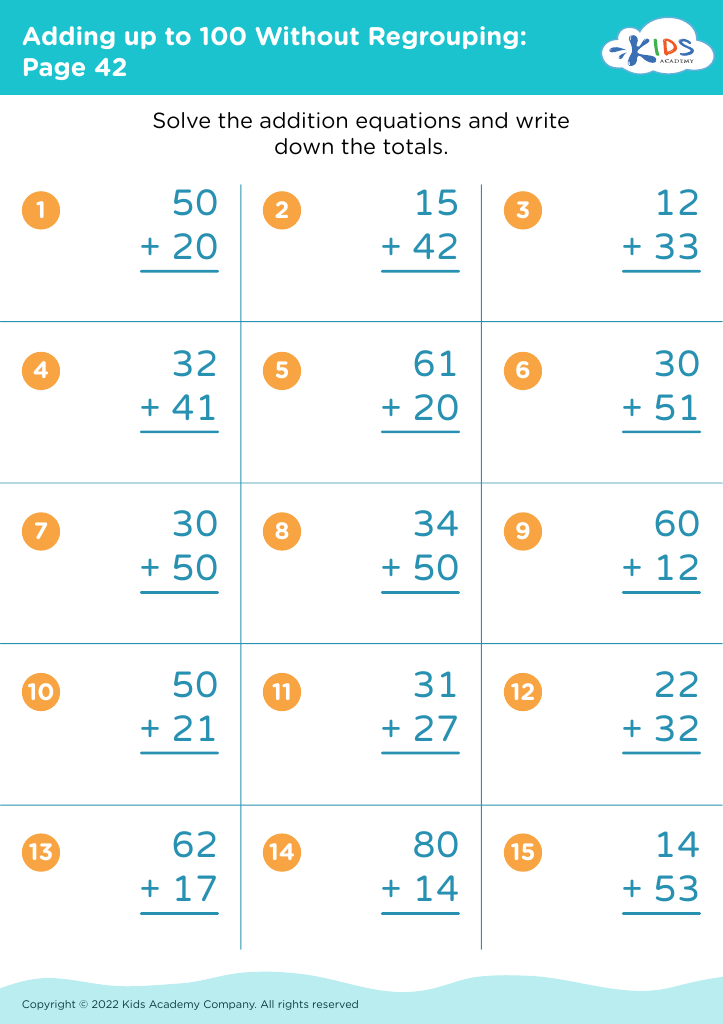Practicing alphabets tracing Worksheets for Kids
1 filtered results
-
From - To
Question/Answer
What does the Practicing alphabets tracing skill mean when it comes to Grade 2 Adding up to 100 Without Regrouping learning?
Practicing alphabets tracing skill, in the context of Grade 2 Adding up to 100 Without Regrouping, implies focusing on basic writing and penmanship skills as a foundation.
How does the mastery of the Practicing alphabets tracing skill affect a student's performance at an early age?
Mastery of practicing alphabet tracing at an early age significantly enhances a student's handwriting neatness, letter recognition, and writing speed. It builds a strong foundation for literacy skills, including reading and spelling, by improving fine motor control and understanding of letter shapes and sounds. This early mastery boosts confidence and academic performance across subjects as students progress in their education.
How to test a Grade 2 student’s Practicing alphabets tracing skills?
To test a Grade 2 student's alphabet tracing skills, provide them with worksheets containing dotted or faint outlines of letters. Instruct the student to trace over these letters with a pencil. Assess their performance based on accuracy, adherence to the lines, smoothness of curves, and consistency in letter size.













